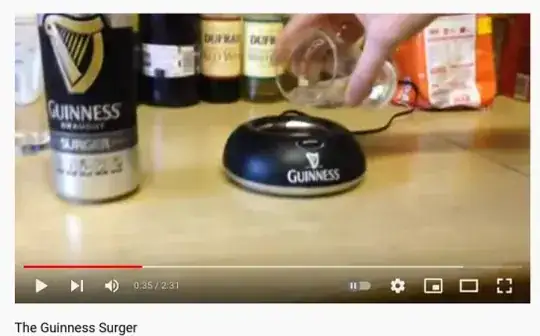For medical reasons, I am hoping to determine a method I can easily use to decarbonate beverages that I enjoy to help to significantly reduce the carbon dioxide bubbles of the beverage / pop / soda.
The problem being I know only know a few solutions to this and neither are convenient:
- Mildly agitate, then open the beverage, and then let sit for several hours.
- Purchase decarbonated syrup (e.g. SodaStream) and mix them without the carbonation.
I recall many years ago commonly seeing decarbonated Orange soda at the fountain of a store; but have not since.
My goal is to have a method of being able to obtain a cold beverage from the fountain, bottle, or can and be able to consume the beverage without the fizz or the gas once it hits my system within 20 minutes at most... of course doing so without greatly obscuring / fouling the taste of the beverage.
Has anyone determined some basic steps to accomplish this goal that is portable, convenient, and doesn't foul the flavor?

